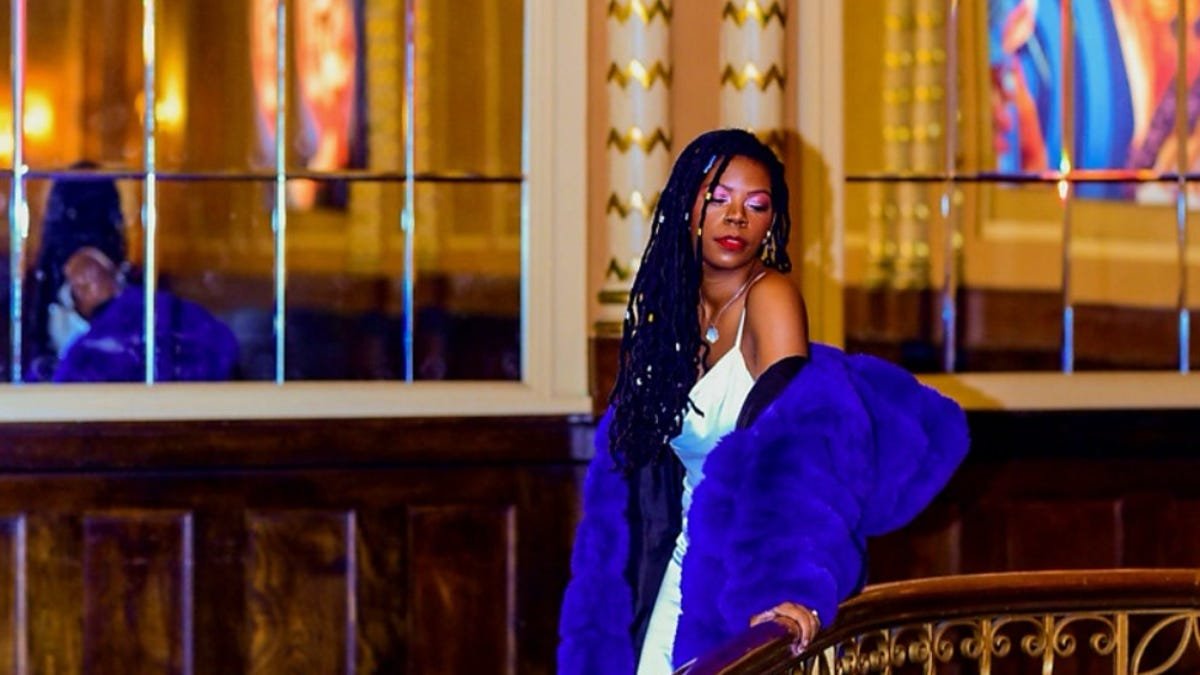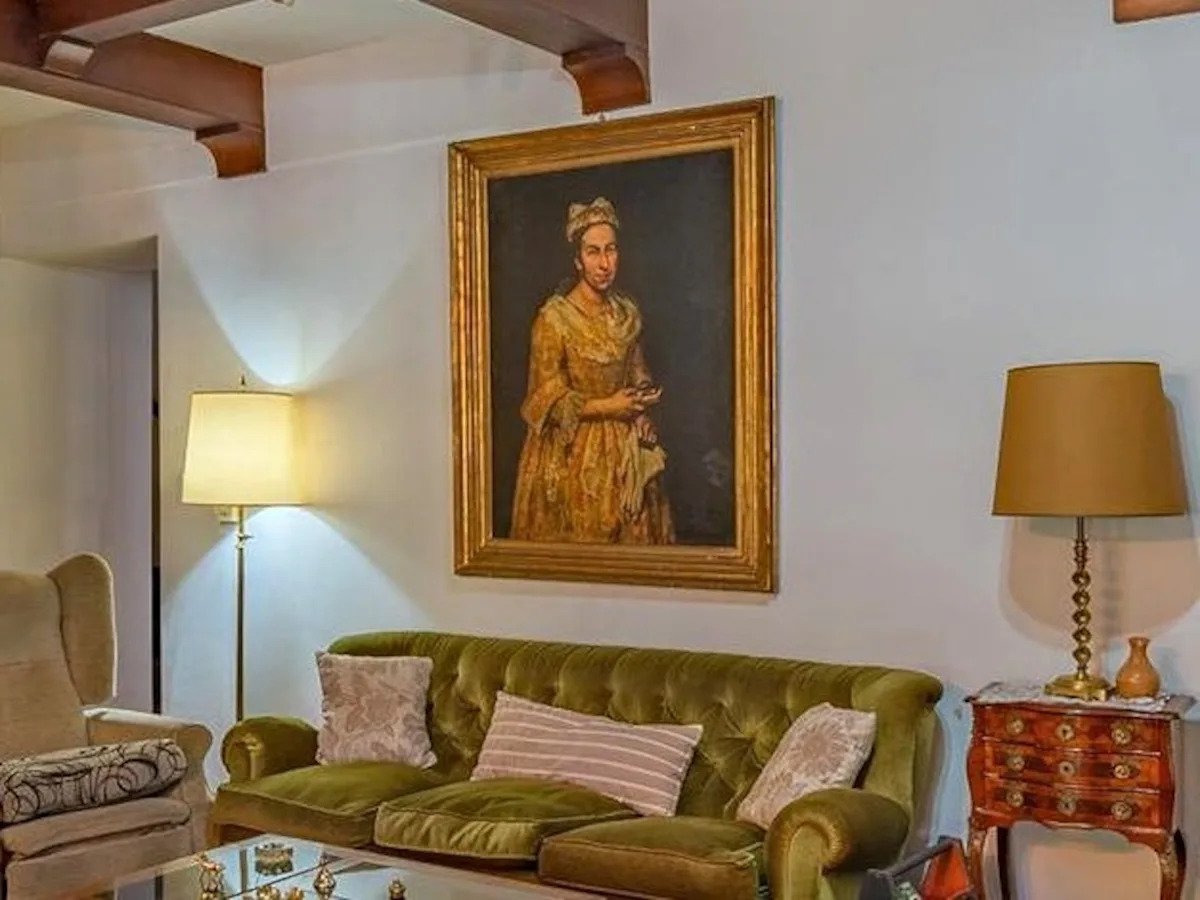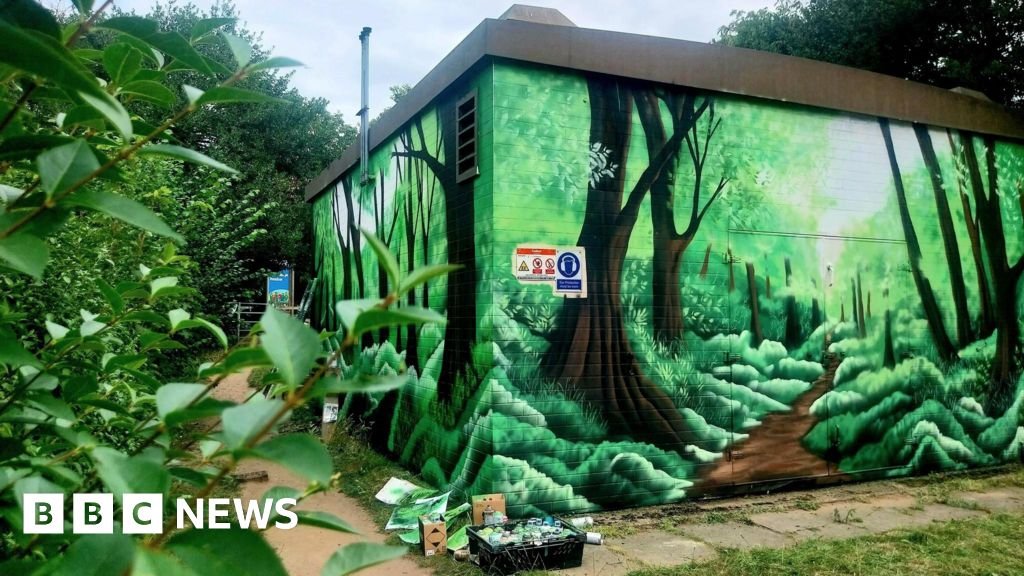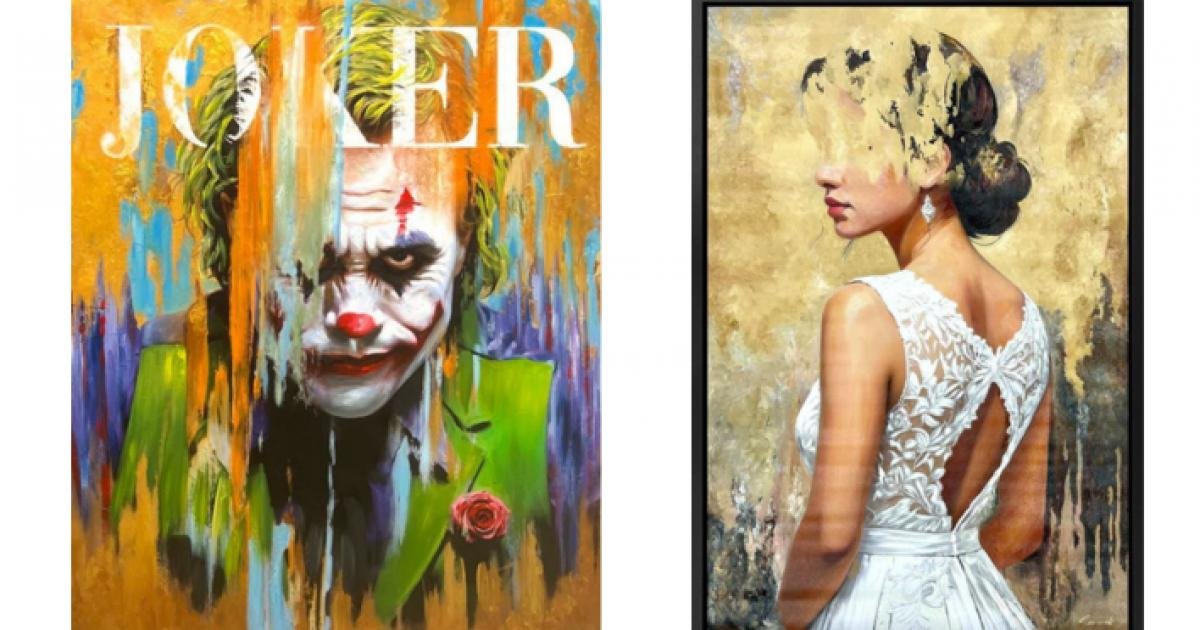Table of Contents
Kehinde Wiley (born February 28, 1977, Los Angeles, California, U.S.) is an American artist best known for portraits that feature African Americans in the traditional settings of Old Master paintings.
Early life and art
Wiley’s childhood experiences in the South Central neighborhood of Los Angeles were enriched by his mother’s passion for education. At the age of 11, he took art classes at a conservatory at California State University, and at 12 years old he attended a six-week art program outside Leningrad (now St. Petersburg) sponsored by the Center for U.S./U.S.S.R. Initiatives. After Wiley graduated from the Los Angeles County High School for the Arts, he earned a Bachelor of Fine Arts degree (1999) at the San Francisco Art Institute and a Master of Fine Arts (2001) at the School of Art at Yale University. While in residence in 2001 at the Studio Museum in Harlem, he found a discarded New York City Police Department mug shot of a Black man, and its blunt presentation inspired his early series Conspicuous Fraud and the video Smile. He followed those with his breakthrough Passing/Posing series (2001–04), in which he replaced the heroes, prophets, and saints of Old Master paintings with young Black men who were dressed in trademarked hip-hop attire.
Rumors of War, Down, and other painting series
In the series Rumors of War (2005), Wiley displaced heroic equestrians, painted by such court painters as Diego Velázquez and Peter Paul Rubens, with contemporary men in team jerseys and Timberland boots, but he kept the original portraits’ titles. In Down (2008) grand-scale figures simulated the prone postures displayed in such works as Hans Holbein the Younger’s The Dead Christ in the Tomb and Auguste Clésinger’s Woman Bitten by a Serpent. Throughout, Wiley relied on random encounters—“street casting”—to find his models, who went to his studio to select a pose and be photographed. Wiley’s assistants applied the elaborately patterned backgrounds, but Wiley always painted the figure, following the conventional hierarchy of a historic atelier. The World Stage paintings, launched in Beijing in 2006, took his practice to Nigeria and Senegal (2008), Brazil (2009), India and Sri Lanka (2010), Israel (2011), France (2012), Jamaica (2013), and Haiti (2014). Wiley added women to his repertoire in the 2012 series An Economy of Grace, commissioning costumes from Riccardo Tisci, creative director of the French fashion house Givenchy.

Britannica Quiz
Can You Match These Lesser-Known Paintings to Their Artists?
In 2015 Wiley collaborated with the Brooklyn Museum of Art to organize the exhibition “Kehinde Wiley: A New Republic,” which charted the course of his 14-year career. In works that questioned the cultural narrative of the Western art canon, Wiley replaced conventional images of white men of historical status with contemporary men of color who simulated the poses of the original masterworks. Wiley reconceptualized specific paintings by such Old Masters as Titian, Anthony van Dyck, and Édouard Manet with likenesses of Black men who figured prominently amid his decorative backgrounds. His impeccably refined technique and ironic yet intellectual interpretation skewed high-art traditions while giving them new significance. He has cited Barkley L. Hendricks as a central influence in such reimaginings.
Portrait of Barack Obama
In 2015 Wiley was the recipient of the 2014 National Medal of Arts. Two years later former president Barack Obama selected Wiley to paint his official portrait for the Smithsonian’s National Portrait Gallery. The painting revealed a mixture of convention and invention when it was unveiled in 2018. Obama, wearing a traditional black suit, sits forward on a mahogany chair with a determined expression on his face and his elbows on his knees. The figure is set against an exuberant pattern of leafy greens and flowers symbolizing Kenya, Hawaii, and Chicago. The portrait was the first representation of an African American and first painting by an African American in the presidential portrait collection.
Black Rock Senegal and other projects from the late 2010s
Following the success of the Obama portrait, Wiley launched (2019) Black Rock Senegal, a residency program for multidisciplinary artists in the country’s capital of Dakar. He also maintained a home and studio at the residency’s luxury compound.
Also in 2019 Wiley’s Rumors of War, a bronze sculpture commissioned by the Virginia Museum of Fine Arts, Richmond, was unveiled in Times Square, New York City, and was later brought to its permanent location in front of the museum. The work recalls the traditional equestrian form used for several of the Confederate statues that line Richmond’s Monument Avenue, but, in the place of a mounted soldier, the sculpture features an African American man sporting dreadlocks and wearing jeans and Nike high-tops. The commission came amid ongoing debates in the United States and other parts of the world about the removal of public sculptures commemorating figures, such as Christopher Columbus and Robert E. Lee, whose supposed heroism was increasingly questioned in the 21st century.
Work from the 2020s and sexual assault allegations
Wiley’s next public work, Go (2020), was one of several permanent installations chosen for Moynihan Train Hall, Penn Station’s concourse expansion in New York City. The stained glass triptych features Black breakdancers floating across white fluffy clouds.
In 2024 Wiley faced accusations of sexual assault from four men posting on Instagram. The artist denied the allegations, saying that he had a consensual relationship with two of the men, that he had never met one of the men, and that nothing inappropriate had occurred with another. The Minneapolis Institute of Art, however, paused its plans to stage the traveling exhibition “Kehinde Wiley: An Archaeology of Silence,” citing the accusations. The Pérez Art Museum Miami also suspended its plans for the show, and the Joslyn Art Museum in Omaha, Nebraska, held off on opening its own Wiley exhibition, both without an explanation.






